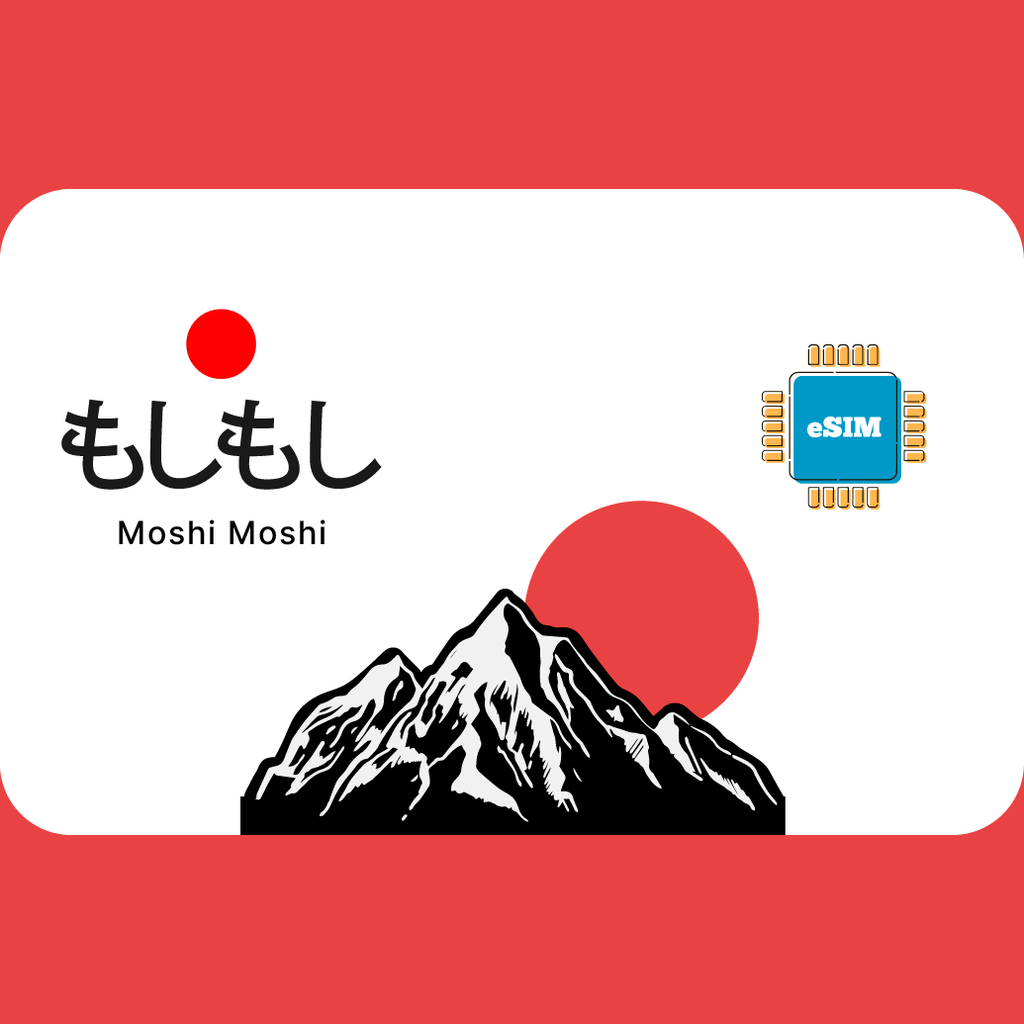
Unpacking the Data Trap: When Travel eSIMs Run Out Too Fast
Let’s be honest — if you’ve ever used a travel eSIM and watched your data disappear faster than a gelato on a hot Roman afternoon, you’re not alone. On paper, travel eSIMs are supposed to be the ultimate modern solution: convenient, contract-free, and usually cheaper than roaming with your home provider. But in reality? Many travelers are hitting a frustrating wall — one where they’re out of data way too soon, without really knowing why.
So what’s going on here? Why are so many travel eSIM users walking straight into the data trap?
Let’s unpack it.
The Illusion of “Generous” Data Plans
You’ve probably seen them: 5GB for just €10! Or maybe 10GB for 15 days! Sounds like a steal, right?
But what isn’t always clear is how fast 5GB or 10GB can vanish — especially when you’re abroad, relying on your phone for navigation, translation, social media, and Google-ing everything from “nearest SIM top-up shop” to “how to order coffee in Croatian.”
Even worse, some providers count system or background app data against your allowance. That means updates you didn’t approve, auto-backups, and even location services might be quietly nibbling at your gigabytes in the background.
No biggie at home on Wi-Fi. But on a travel eSIM? Those invisible megabytes add up. Fast.
Where’s the Usage Tracker?
Here’s the first red flag: many travel eSIM providers don’t offer real-time usage tracking.
That’s right. No simple dashboard. No push notifications. No alerts when you’re at 80% or 90%. Some don’t even tell you when you’re out — your data just stops working.
You’re left wondering:
“Wait… I just connected for a few hours today. How is my plan gone already?”
The lack of transparent usage stats is a serious issue. Imagine using a prepaid credit card with no balance checker — you’d never do it. But that’s exactly how many eSIM plans function.
Some platforms do offer tracking tools, but they’re buried deep in an app or hidden behind a login. Others only update data usage after several hours or not at all. For travelers on the move, that delay is a killer.
The Real-Time Alert Black Hole
Ever been mid-video call with your Airbnb host and everything suddenly freezes? Or you’re about to pay for a rideshare and your internet vanishes?
Yeah. That’s the moment you find out you’ve hit zero data. And it usually happens at the worst possible time.
This is where the lack of real-time alerts becomes more than an inconvenience — it becomes a trust issue. You thought you were getting a full 3GB or 5GB of data. You thought you’d be warned when you were getting close.
Instead, you’re stranded in a new city with no Google Maps, no Uber, no translation — and no idea what happened.
Why can’t eSIM providers build simple alerts like:
- “You’ve used 75% of your data.”
- “You have 500MB remaining.”
- “Time to top up before you’re out!”
It’s not rocket science — just basic customer care.
The Data Policy Fine Print (a.k.a. the trapdoor)
Here’s something that stings: some eSIM providers apply strange rules to data usage that are buried in the fine print. Think:
- Speed throttling after a certain threshold
- High-speed caps despite a “larger” total data allowance
- Blocking hotspot/tethering even if data is “unlimited”
- Session-based billing where every connection round-up burns more data than you used
This makes your usage feel like a guessing game.
The worst part? These policies are rarely explained clearly before you buy. You click “Buy Now” assuming you’re getting a straightforward plan — but instead, you’ve walked into a maze of restrictions that cause your data to drain way faster than expected.
And once your plan’s over? You’re either offline or stuck buying another overpriced top-up without knowing if it’ll last longer this time.
The Human Cost of Confusing eSIMs
It’s not just about the money. It’s the stress, the uncertainty, and the annoyance of having your digital lifeline snapped mid-trip.
Travel is already full of surprises — you shouldn’t have to guess if you’ll have enough data to find your next hostel or call your partner back home.
And when it happens over and over again — with no tracking, no alerts, and no clear explanation — it starts to feel intentional. Like the whole system is designed to make you run out of data and buy more.
That’s what we call the data trap — and it’s a broken model that travel eSIM providers need to fix.
What Needs to Change
If travel eSIMs are going to truly work for global travelers, not just digital nomads and techies, here’s what needs to happen:
- Transparent Data Tracking
Every eSIM should come with a simple, clear tracker—ideally in the app or account page—that shows exactly how much data you’ve used and what’s left. Real-time or close to it. - Usage Alerts
At a minimum, providers should alert you at 75%, 90%, and 100%. Let us plan ahead. Nobody wants to be cut off without warning. - Clear Data Policies
Tell us before we buy what’s allowed. Can we tether? Will speeds drop after 3GB? Do streaming apps count differently? Put that info front and center — not hidden in a PDF. - Data-Saving Recommendations
Some providers (kudos to them!) are now offering tips like disabling background apps or switching to low-data modes. More of this, please. - Hourly or Session-Based Plans Transparency
If you’re charging per session or using weird rounding rules, be upfront about it. Don’t pretend it’s a flat 1GB when we only ever get 600MB of usable speed.
How to Protect Yourself in the Meantime
Until the industry catches up, here are a few traveler-tested tips:
- Turn off background data for apps like Instagram, email, and weather.
- Download offline maps before you go.
- Use browsers with data compression (like Opera Mini).
- Stick to Wi-Fi for big uploads and video calls.
- Check if your eSIM provider offers a dashboard — and bookmark it.
Final Thoughts: Don’t Blame Yourself
If your travel eSIM ran out faster than expected, it’s not because you “used too much.” It’s because you didn’t get the tools you needed to manage your data properly.
As travel becomes more digital, connectivity is no longer a luxury—it’s a necessity. We need providers to treat it that way.
The data trap isn’t just annoying—it breaks trust. And for an industry built on connection, that’s a dangerous game to play.
So here’s to smarter eSIMs, clearer policies, and putting control back in the hands of travelers.
Because no one should be left offline in the middle of a trip.











